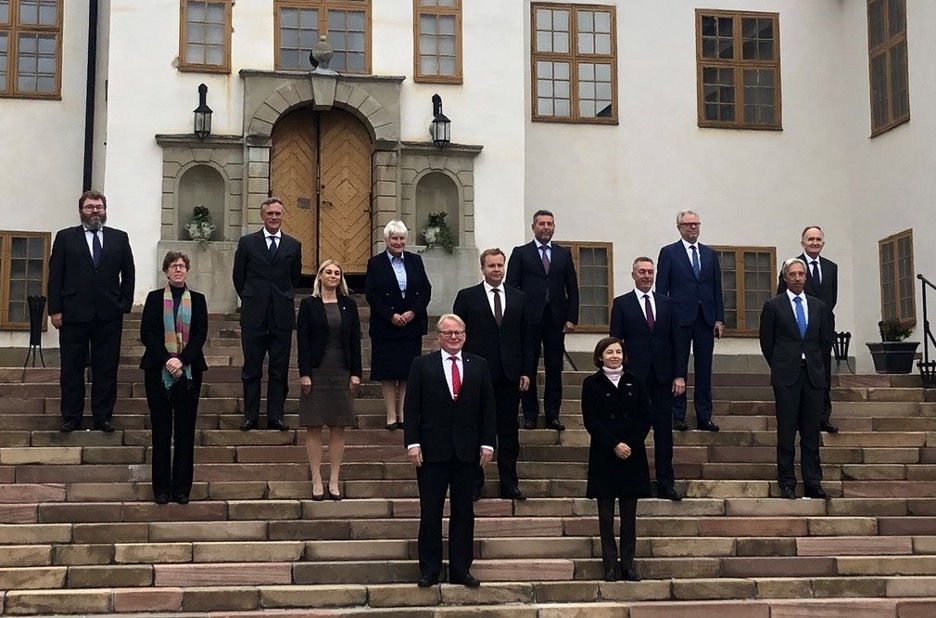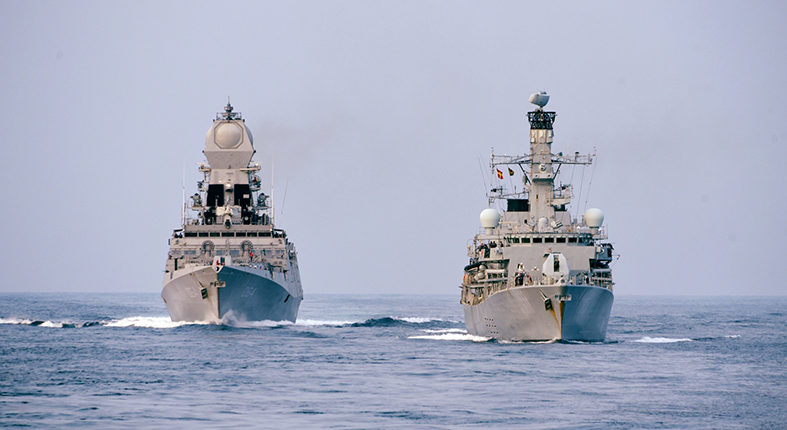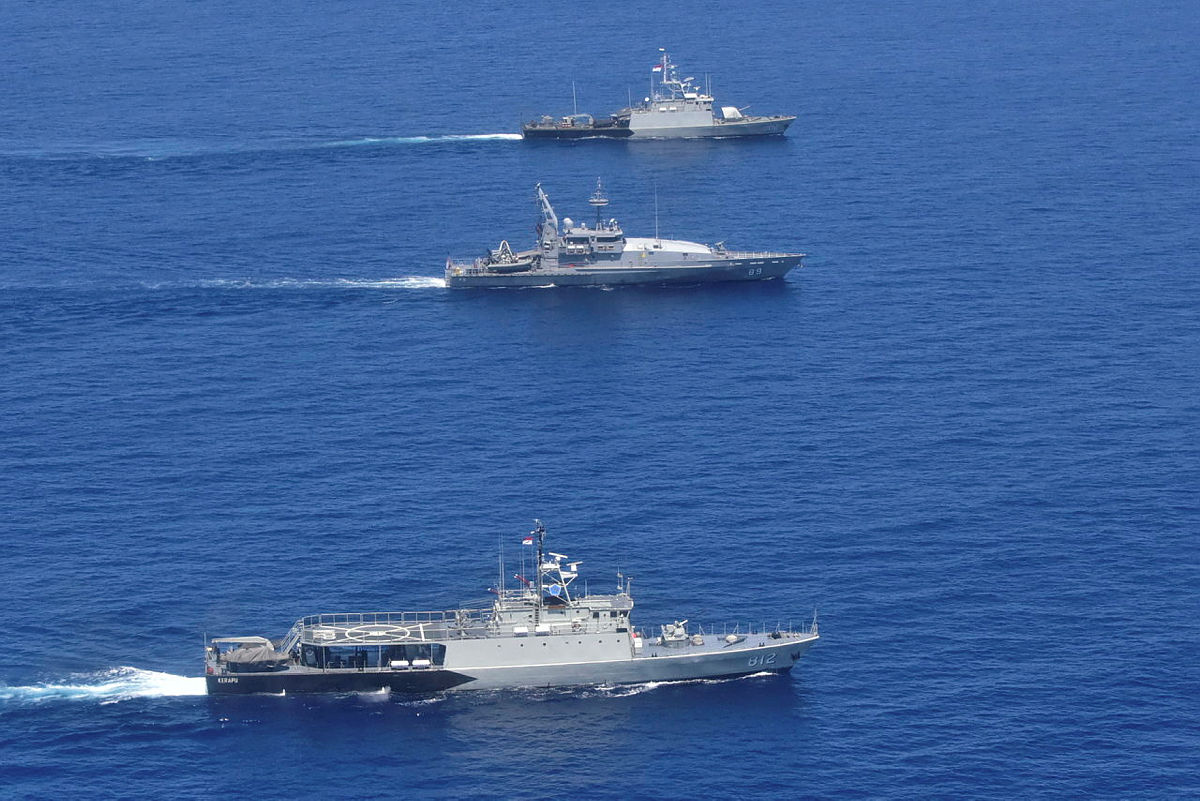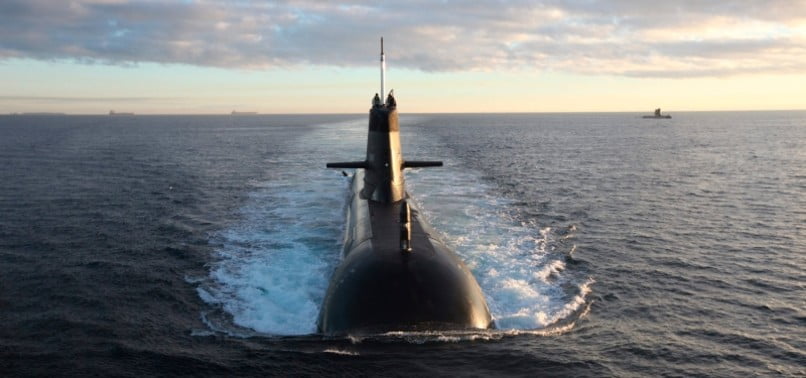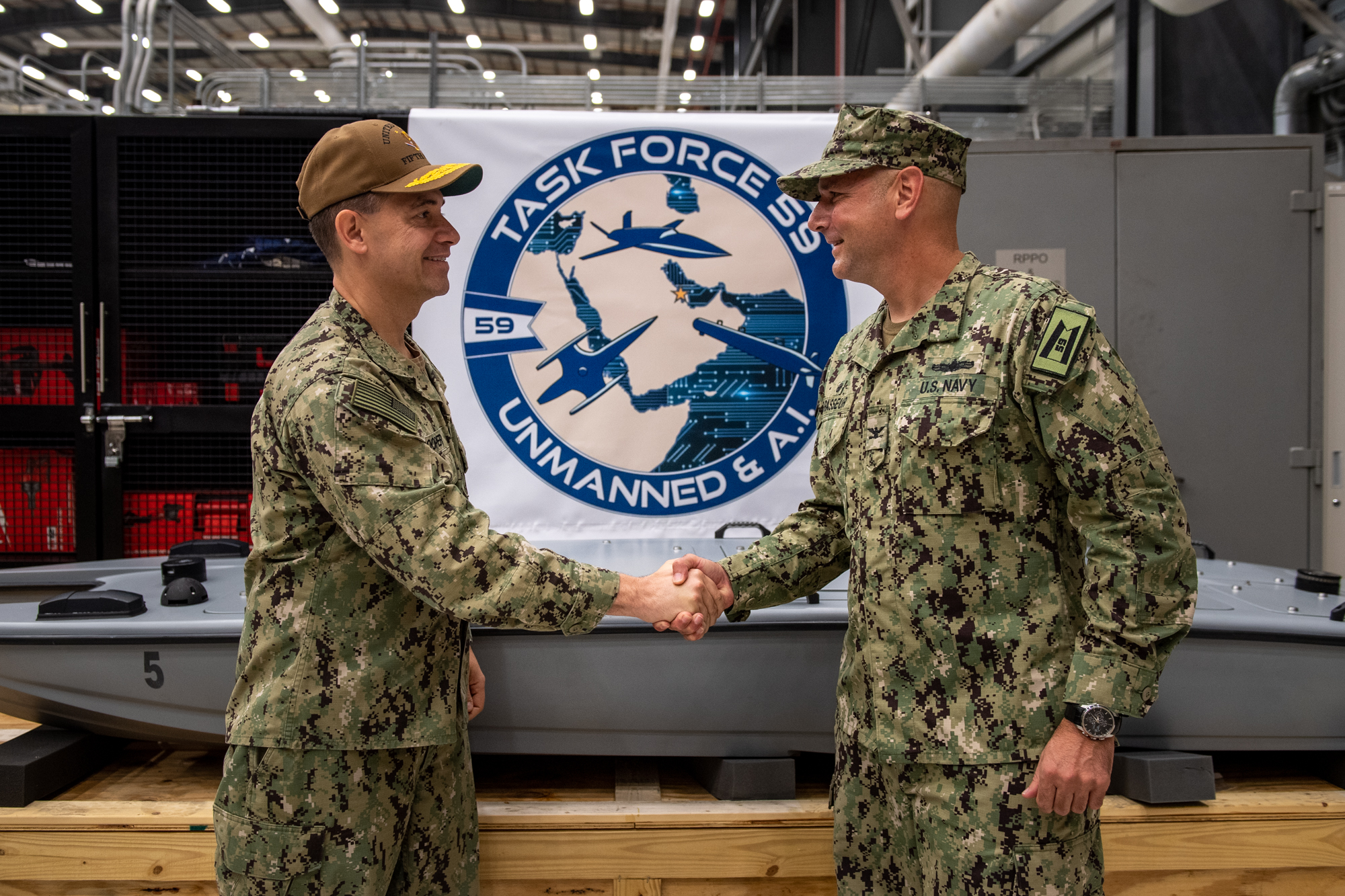By Robbin Laird and Pierre Tran
The European Union’s pursuit of military and security capabilities can be seen in the Permanent Structured Cooperation (PESCO) project, a cooperative framework for the 25 EU member states which have signed up to work together.
One of the largest PESCO projects is the European Patrol Corvette, with partner nations cooperating in the design and development of a prototype light warship. Member states would be able to acquire a common modular, multi-mission vessel, with the research and development prospectively funded by the EU and national budgets.
Italy is the lead nation on the European corvette project, backed by France, Greece, and Spain.
Navaris, a Franco-Italian joint venture, signed a memorandum of understanding to boost industrial cooperation with Navantia, the Spanish shipbuilder said in a Feb. 11 statement. Navaris is a 50/50 joint venture between the Italian firm Fincantieri and its French partner Naval Group. That cooperation is intended to deliver “innovative solutions” and ease “co-development and interoperability, the efficiency of the vessels in operations and the digital data management,” Navantia said.
Some 46 projects have been signed up for development under PESCO, covering training, land, sea, air, cyber, and joint “enabling” projects. Among those projects is a European medium-altitude, long-endurance unmanned aerial vehicle, led by Airbus in Germany.
Other European cooperative programs include the Sept. 1 standing up of a Franco-German squadron of C-130J transport aircraft at the Evreux air base, northern France, which includes a joint training center. Mixed crews of French and German pilots will fly those planes, while retaining the option of working on purely national operations.
However, there have also been signs of national interest over cross-border cooperation.
Berlin is reportedly considering opting out of a planned Mk3 midlife upgrade of the Franco-German Tiger attack helicopter, with an offer of the US AH-64 Apache in the pipeline. There is French concern that Germany baling out would drive up the cost and cut the number of upgraded Tigers for the French army. The upgrade would arm the Tiger with a new air-to-ground MAST-F missile and FlytX flight control system.
Germany is also lining up to buy five P-8A Poseidon maritime patrol aircraft in a deal worth €1.1 billion ($1.3 billion) as an interim solution, rather than order with France a planned Maritime Airborne Warfare System. One of the options on that MAWS project was a military adaptation of an Airbus A320 Neo airliner.
France would ditch the MAWS project and order a fleet of Falcon 10X in an all-French deal, with Dassault Aviation supplying the aircraft and Thales the electronic systems, if Berlin ditched the partnership on the MAWS project, business website La Tribune reported.
Pooling of resources in lift and tanking is already happening in part but can be enhanced by buying more assets with common funds and allowing individual nations to pay leasing costs when used in crisis management situations. For example, there is the European Air Transport Command which was established in 2010.
As noted on the EATC website:
“The European Air Transport Command is a single multinational command. Its headquarters is located at Eindhoven air base in the Netherlands. The fleet is composed of over 170 assets located at the national air bases through the seven member nations.
“The EATC is a unique organisation for military air mobility, including transport, air-to-air refuelling and aeromedical evacuation within Europe. The overall objective is to improve the effectiveness and efficiency of the member nations military air transport efforts.”
Pooling of weapons is a clear need, for no European nation has an adequate stockpile of weapons in case of serious conventional conflict in Europe.
There have been bilateral or consortium operational cooperation efforts as well, but these clearly can be replicated in other domains and leveraged for more capability for states that take a crisis management initiative, to have access to community wide resources.
At the European Air Group based at RAF High Wycombe, originally designed to house the RAF Bomber command in the late 1930s, the member nations have pursued more operational commonality, including the notable gap in operational Eurofighter cooperation.
The importance of such operational cooperation was noted recently by Lieutenant General Gerhartz, the head of the German Luftwaffe with regard to Air Policing Missions: “With our enhanced UK-German NATO air policing mission and our advanced concept of interoperability, we have reached a new level of cooperation within the NATO Air Power community.
“Now, together with the RAF we are deepening our cooperation in various fields. In future, we will cooperate even closer, operating our Eurofighter fleets together wherever possible to exploit effectiveness and efficiency. An alliance is only as strong as the allies’ mutual support.”
The two Eurofighter air forces are working in a way which the European Air Group had underscored was important, moving ahead. When doing an air policing operation, why do the various Eurofighter nations need to bring their discrete national support equipment? Why can they not cross support? And in this case, the German Eurofighters will be supported by the RAF’s 121 Expeditionary Wing.
Rebuilding of infrastructure in Europe, not for the green revolution, but the defense of Europe solution is crucial as well. Reshaping various kinds of infrastructure to use analog, not cyber disrupted digital systems would make sense.
Building more interoperable systems to move military equipment around Europe in times of crisis by rail and to have in place agreements for rapid mobility is crucial as well.
But what actually can the European Union do in terms of European defense?
After the Biden Administration Afghan Blitzkrieg strategy, we saw the predictable outpouring of calls for an EU alternative to the United States-led military efforts. But of course, we have heard this for many years, even decades.
Why does an EU army or EU integrated military force never follow? Simply because military logic and Brussels dictated unity do not coincide.
We saw this in our interview with a very experienced crisis management French officer who has worked in coalitions all of his life. This is how Army General (retired) Didier Castres put it in our interview: “A key challenge for Western states is there is a heavy reliance on coalitions to shape engagements.” The problem was seen in Afghanistan, said Castres, where the Americans focused on the cohesion of a coalition of 30 or 40 nations. As he noted: “There may be cohesion but there is no longer a common objective for the operation.”
“Coalitions are built around interoperability. On the one hand, there is the question of military interoperability, for the forces of the various nations being able to work together. On the other hand, there is the more difficult challenge of cultural interoperability.
With regard to cultural interoperability, Castres underscored, different nations have different traditions, different histories, different expectations with regard to the use of military force. What this means is that the nature of the coalition which is put together will define what military objectives can really be obtained.
He noted that for the military it was important to have clarity and objectives for the use of force. The military understands that it is not engaged to simply eliminate an enemy, but “to create conditions for a political resolution of a crisis. This means that there needs to be a blunt and honest discussion between politicians and military leaders about what is realistic in terms of what the military can achieve. We do not want military leaders to engage in vagueness and duplicity with regard to what the military can and cannot do.”
For an organization which could not clarify on how to deal with COVID-19, dealing with Russian hybrid war is hardly going to generate the kind of coalition clarity for which Castres is calling. And with the Nordics and Poland on the same page with regard to the Russian threat as an immediate action item, why does anyone think that a German-led EU is going to respond at a time and pace which those who see a most imminent threat will demand?
Defense is national and nations looking to defend themselves and their interests will work those states aligning with those interests or for their own reasons finding it useful to align with that nation’s actions. Full stop.
The EU as an organization is the very opposite of what is demanded for defense forces in a crisis. That is why calling for greater European autonomy cast in such terms will not succeed. But shaping an infrastructure which enables clusters of states to be able to operate effectively against threats to Europe as seen by those particular states is not only possible but happening in part.
The EU looks like making sense in approaching their R and D funding through the European Defence Fund, which focuses on common stockpile funding. Stockpiling various defense supplies, which could include energy, could then be tapped by individual states and their partners.
European defense is not a collective decision; it is the decision by lead states coalescing the coalition of the wiling to respond rapidly and effectively to a crisis event.
We face in the period ahead developments in Germany and France which will clearly shape whatever EU approach is taken in defense. In Germany, the composition of a new coalition government is being formed by the Social Democrat SPD, Green party, and business-friendly Free Democrats. Those talks over the broad planks of future policy are being hashed out, and defense will be among the big issues to be decided.
And in France, elections will unfold in April/May with the role of French president Emmanuel Macron and his policies, including defense, playing a key part of the electoral campaign. But while Macron is running for re-election and a new National Assembly parliament will be elected, starting January 1, 2022, France will chair the six-month rotating presidency of the European Union, for which Macron has long pursued the aim of strategic autonomy.
France will likely promote the concept of a European strategic compass in a bid to boost greater independence in the realm of defense.
What we do not need is just another round of verbal white-boarding with regard to European autonomy. The reality is that defense is national, but defense is also executed in a semi-sovereign coalition environment.
There will almost always be a lead nation which sees the need to galvanize others to defend its interests and those of the coalition partners. Castres’ warning about the need for clear military objectives not being derailed by having a coalition without an ability to have such objectives is a crucial guide to the way ahead for European defense.
European defense clearly is led by nations with their ways of life and interests threatened; but not every European nation will see it that way and will not be willing to participate. An EU-led coalition of multiple veto nations is not a prescription for effective crisis management operations.
Featured photo: U.S. President Joe Biden, right, speaks to French President Emmanuel Macron during a plenary session during a NATO summit at NATO headquarters in Brussels, June 14, 2021. © Brendan Smialowski, AP


